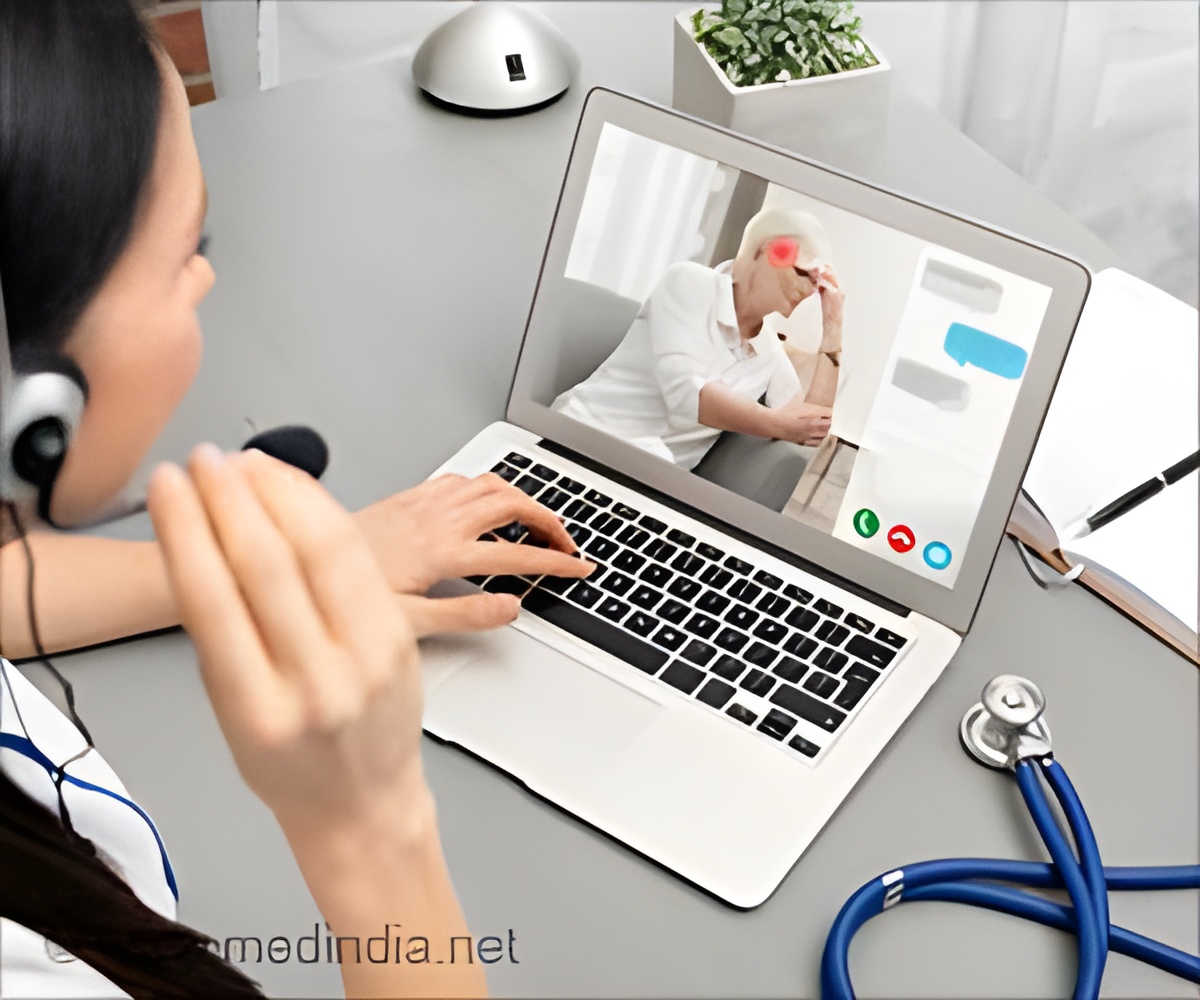A new survey found that most patients preferred telehealth consultations with doctors over telephone helpline services in the emergency department (ED).

TOP INSIGHT
Telehealth appointments can reduce the ongoing pressure on the emergency department (ED) during the pandemic and into the future.
“This means 14% or 1 in 7 of all respondents sought health care from an alternative source to the ED and avoided presenting at an ED,” says Professor of Health Economics Jonathan Karnon, a director of the Flinders Health and Medical Research Institute, Flinders University.
The avoidance of an ED presentation suggests that around 1 in 7 patients with a perceived need for emergency care can be cared for outside of an ED satisfactorily.
The study findings also found that 1 in 10 people avoided seeking any health care for their issue. These people were often older with poorer general health and they may have missed out on receiving necessary care during the pandemic.
Self-management, and the avoidance of any professional care, was more common in older individuals and those with poor general health are at heightened risk of COVID-19 severe illness.
Another Flinders University-led study found clinicians across general practice, allied health, and specialist services are adapting to telehealth services.
That study also found that 62% of patients who accessed telehealth services during the COVID-19 pandemic reported their experience was good and many reported that continuing telehealth services would be useful post-pandemic.
The avoidance of an ED presentation by around half of all patients making a booked GP consultation implies more scope to promote the use of GP consultations as an alternative to presenting at an ED.
GP telehealth consultations mean that patients do not need to travel to the doctor clinic or an ED department and experience long waiting times in the ED, while still providing a consultation with a medically trained doctor that is free at the point of care for patients.
However, researchers noted that a finding of concern was the 10% of respondents who did not seek any form of health care, with high reported rates of residual concern about their stated health issue at the time of survey completion.
Source-Medindia
 MEDINDIA
MEDINDIA




 Email
Email







